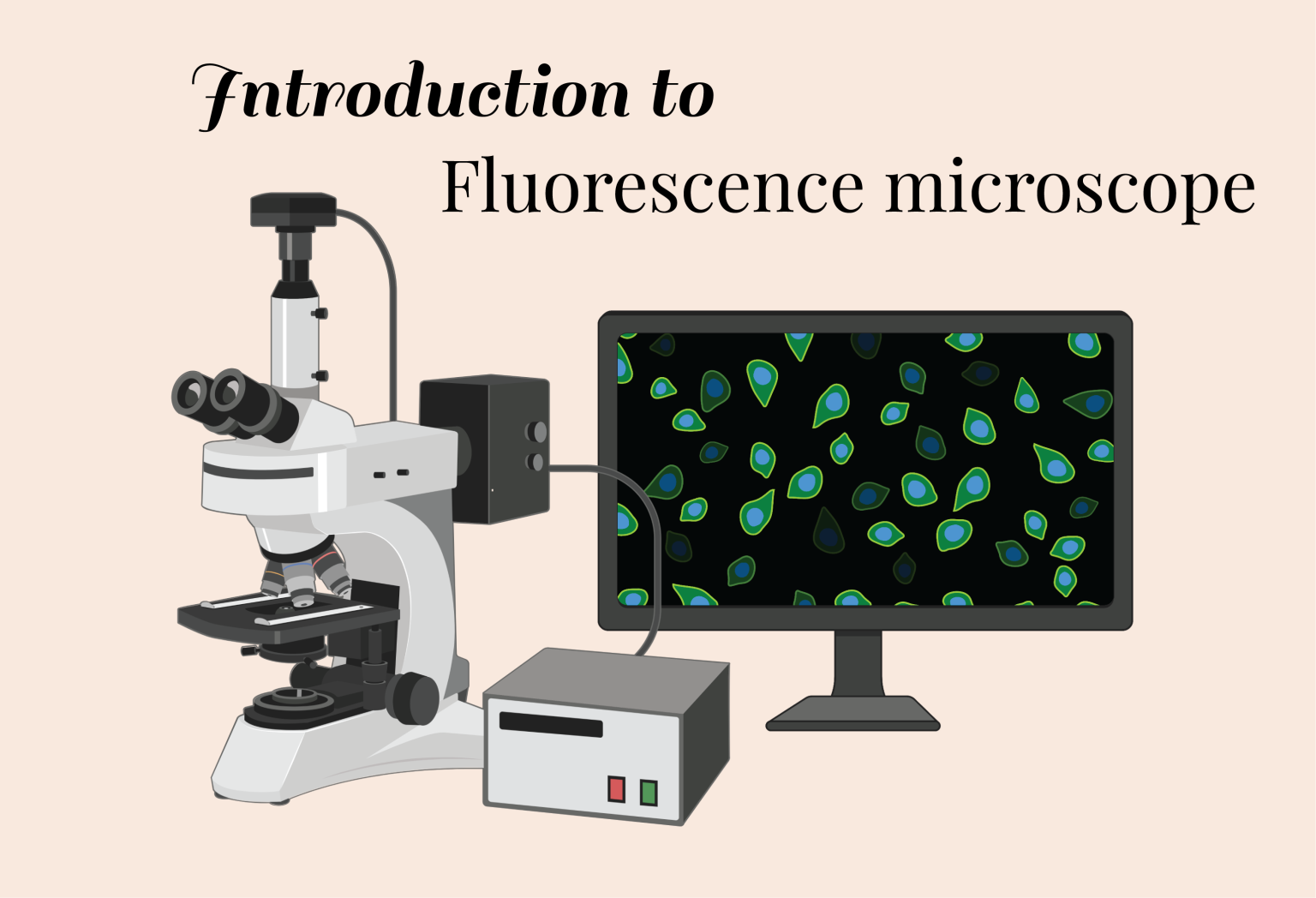The discipline of cellular and molecular biology underwent a revolutionary change with the discovery of the green fluorescent protein (GFP). Beginning as an exquisite biological curiosity derived from the jellyfish Aequorea victoria, GFP and its enhanced variant, eGFP, have since become indispensable molecular beacons in Biomedical Research. The eGFP mRNA has enabled researchers to visualize complex biological phenomena unprecedentedly, thereby changing the course of discovery and problem-solving within the life sciences.
Fluorescent proteins function as vivid markers that can be linked to proteins or genetic sequences. In this way, they shine a light on the inner mechanisms of cells, allowing for real-time observation of gene expression patterns, protein interactions, and numerous physiological processes. The utility of fluorescent proteins like eGFP in Research is immense, as they provide precise visual data that can be captured dynamically, which is invaluable in experimental setups where live monitoring is essential.
The bright green fluorescence of eGFP has successfully facilitated a wide array of experiments spanning numerous fields, such as developmental biology, neurology, and cancer research. This simple protein has dramatically advanced our ability to understand complex cellular processes in health and disease by enabling the study of live cells in their physiological state.
The Science Behind eGFP mRNA
The science underlying eGFP is centered on messenger RNA (mRNA) technology. A synthetic molecule called eGFP mRNA is made to resemble the structure and capabilities of mRNA naturally present in cells. Creating eGFP mRNA involves inserting the gene encoding for the eGFP protein into a plasmid DNA, which is then transcribed to produce a corresponding RNA sequence.
Once the eGFP mRNA is introduced into a cell, typically by transfection or electroporation, it is recognized by the cell’s ribosomes, essentially acting as a blueprint that directs the synthesis of the fluorescent eGFP protein. This breakthrough has been particularly beneficial for observing and tracking protein expressions and localizations within cells and live organisms.
By taking advantage of the cell’s natural machinery to produce eGFP, researchers have created various experimental designs to answer fundamental biological questions. From illuminating the path of cellular signaling pathways to marking the progression of infectious diseases, eGFP mRNA serves as a powerful tool to bring to light the unseen aspects of life at a microscopic scale.
Applications of eGFP mRNA in Research
The applications of eGFP mRNA encompass a broad spectrum of research avenues. One of the primary uses is in gene expression studies, wherein eGFP can act as a reporter gene. This application allows scientists to monitor the activation of specific genetic sequences by visualizing the fluorescence intensity, providing quantitative data that is both precise and easily interpretable.
Moreover, eGFP mRNA is widely used to create fusion proteins. This molecular cloning technique allows for visualizing a protein of interest by tagging it with eGFP. When the fusion protein is expressed in cells, its localization, interactions, and trafficking within different cellular compartments can be tracked in real-time, a critical aspect for understanding protein functions and mapping cellular architecture.
Beyond these uses, eGFP mRNA has been employed with transformative effects in live cell imaging studies, illuminating dynamic processes within living cells. By offering an intimate view directly from the cellular theatre, researchers can see how cells behave and interact firsthand, informing our knowledge and guiding medical advancements.
eGFP mRNA in Drug Development and Therapeutic Interventions
eGFP mRNA’s role extends beyond basic Research and into the hands-on world of drug development. In high-throughput screening operations, eGFP acts as a visual aid, marking changes in cellular conditions that indicate how different chemical compounds affect cell viability, signaling, and function. This efficient screening method has accelerated the pace of drug discovery, making it easier to pinpoint promising pharmaceutical candidates.
Therapeutic strategies, such as gene therapy, also benefit from the luminescence of eGFP. By tagging therapeutic genes with eGFP mRNA, scientists can confirm the successful delivery and expression of those genes within the target tissue. It provides proof of concept and an ongoing visualization tool for assessing the safety and efficacy of new genetic treatments in pre-clinical studies.
Overcoming Challenges in eGFP mRNA Usage
Working with eGFP mRNA has its challenges. Stability is a well-known issue since mRNA is inherently a fragile molecule prone to degradation. Researchers have made strides in overcoming this by engineering more stable mRNA constructs and exploring various protective encapsulation techniques. Optimizing these strategies increases the effectiveness of eGFP mRNA and can broaden its use in therapeutic settings.
The Impact of eGFP mRNA on Cell Biology and Genetics
The impact of eGFP mRNA on cell biology and genetics is indelible. This elegant tool has paved the way for discoveries by allowing the tracking of cellular processes with high precision. In genetics, it helps unveil the mysteries surrounding gene regulation and expression patterns, providing an observable metric to changes at the genetic level, which can lead to identifying the molecular basis of many diseases.
eGFP mRNA in Education and Outreach
The eGFP mRNA also plays a significant role outside the research lab, specifically in educational and outreach settings. Its visual simplicity is beneficial for demonstrating complex biological principles in classrooms, sparking students’ imagination and lowering the barrier to understanding advanced scientific concepts. Moreover, GFP’s nearly iconic luminescence has been used in public outreach to communicate the wonders of biological science to a broader audience, effectively bridging the gap between complex science and public engagement.

